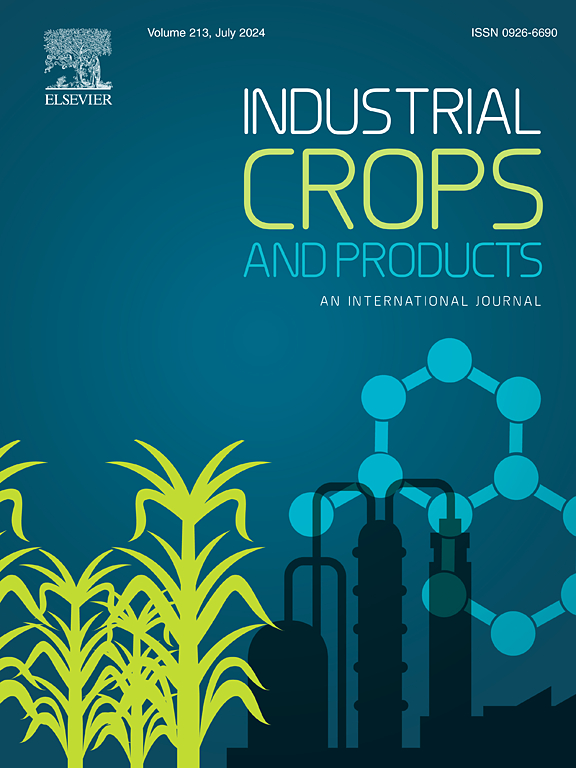Preparation of efficiently anti-fungal and hydrophobic coatings using lignin@clove essential oil based microcapsules
IF 5.6
1区 农林科学
Q1 AGRICULTURAL ENGINEERING
引用次数: 0
Abstract
The use of plant essential oils as antimicrobial agents is affected by their inherent volatility, which makes the development of a long-release essential oil - based antimicrobial system a challenge. Here, an environmentally friendly method for preparing an essential oil-microcapsule anti-fungal coating system with high resistance to loss was reported by combining the controlled-release of essential oil with hydrophobicity. In the system, lignin was used as a sustainable and environmentally friendly encapsulation material to protect and control the release of clove essential oil (EOC), combing hexadecyltrimethylammonium bromide (CTAB) induced the formation of CTAB-lignin composites through electrostatic adsorption and π-π interactions. EOC was encapsulated with the CTAB-lignin composites to create microcapsules. Hydroxyethyl cellulose (HEC) was introduced as a binder, and methyltrimethoxysilane (MTMS) was used as a hydrophobic modifier to enhance the adhesion of microcapsules to the substrate and improve their hydrophobicity. The prepared CTAB-lignin@EOC microcapsule coating exhibited high controlled-release properties (remaining effective against fungal after a 28-day anti-fungal test) and good hydrophobicity (WCA=127.0°). Considering the low-cost and environmentally friendly characteristics of raw materials, the newly developed anti-fungal coating based on the microcapsule system contributes to the development and utilization of green biomass energy and offers a new perspective for the sustainability of the coating anti-fungal field.
求助全文
约1分钟内获得全文
求助全文
来源期刊

Industrial Crops and Products
农林科学-农业工程
CiteScore
9.50
自引率
8.50%
发文量
1518
审稿时长
43 days
期刊介绍:
Industrial Crops and Products is an International Journal publishing academic and industrial research on industrial (defined as non-food/non-feed) crops and products. Papers concern both crop-oriented and bio-based materials from crops-oriented research, and should be of interest to an international audience, hypothesis driven, and where comparisons are made statistics performed.
 求助内容:
求助内容: 应助结果提醒方式:
应助结果提醒方式:


